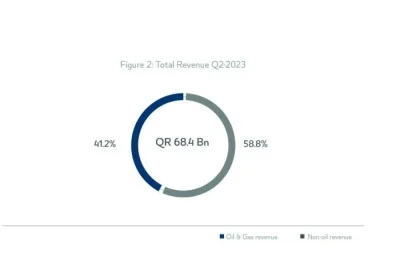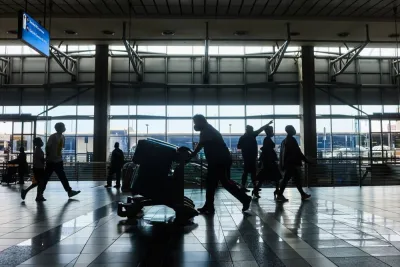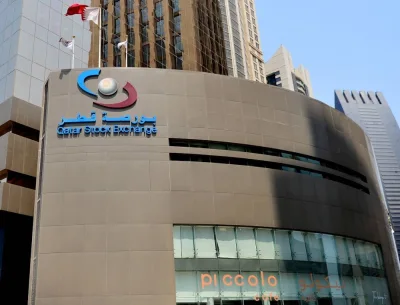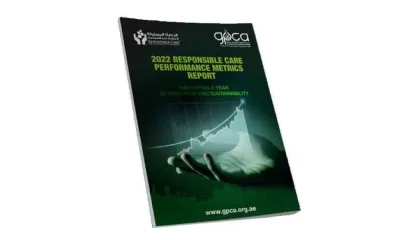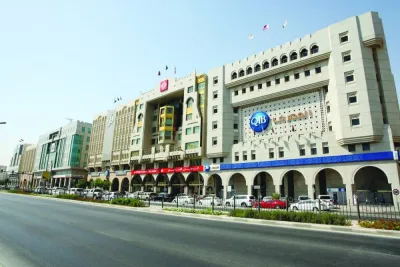Qatar’s budget generated a surplus of QR10bn in the second quarter (Q2) of the year with total revenue amounting to QR68.4bn and total expenditure QR58.4bn, the Ministry of Finance said on Thursday.“The surplus will be directed according to the state’s targeted financial policies, which are reducing public debt, raising the reserves of the Qatar Central Bank, and enhancing the savings of future generations through the Qatar Investment Authority,” the Ministry noted.Oil price averaged $77.7 per barrel during the quarter, the Ministry said in its ‘Statement of the State’s General Budget, Second Quarter 2023’.“Qatar's revenue continued to outperform the State budget projections, as oil prices remained higher than the conservative assumption of $65 per barrel outlined in the budget.“On the other hand, total expenditure during the second quarter of 2023 reached QR58.4bn, recording an increase of 19.3% compared to the previous quarter,” the Ministry of Finance said.Public debt: As of June 30, 2023, a 3.5% decrease was recorded in the overall public debt level compared to Q1-2023, bringing the total public debt to QR343.6bn, the Ministry of Finance said.“The reduction is a consequence of the successful execution of the scheduled debt redemption plan for both external and domestic debt. In the second quarter of 2023, a total payment of QR12.5bn was made towards the redemption of external bonds and loans,” the Ministry of Finance said.Domestic debt: Total domestic public debt stood at QR160.4bn, as of June 30 this year, which represents 46.7% of the overall public debt.External debt: Total external public debt at the end of June 2023 stood at QR183.2bn, which represents 53.3% of the total public debt.Debt to GDP ratio: Total public debt accounted for 39.8% of GDP in June this year, compared with 41.2% in the previous quarter.Citing data from the Planning and Statistics Authority (PSA), Ministry of Finance said real GDP in Q1,2023 increased by 2.7% compared to Q1,2022.The hydrocarbon sector recorded a growth of 4.1% and the non-hydrocarbon sector recorded a growth of 1.9% in Q1,2023 compared to the same period last year.The non-hydrocarbon sector returned to its normal performance in Q1,2023 following significant growth in the fourth quarter of 2022, which was primarily attributed to the World Cup-related initiatives. However, the sector maintained a robust level due to the positive momentum generated by the football mega event.Qatar experienced a substantial increase in tourist arrivals after the FIFA World Cup Qatar 2022.In Q1,2023, the country recorded a 268% rise in international visitors compared to the same period in the previous year, with a total of 1.16mn visitors.The influx of tourists provided support to various domestic sectors. Accommodation and food service activities stood out, showing an impressive 17.3% increase in Q1,2023 compared to the same period in 2022.The transportation and storage sector also continued to grow, with a 16.8% rise in Q1,2023 compared to the previous year.According to Hamad International Airport (HIA), the airport maintained its “remarkable” performance, witnessing a 44.5% increase in passenger traffic and an 18.7% increase in aircraft movements during the first quarter of 2023, as compared to the same period in the previous year.The manufacturing sector experienced a 10.8% growth in Q1-2023 compared to Q1,2022, driven mainly by increased production of refined petroleum products, food, beverages, and other goods, Ministry of Finance said.

Pratap John
Pratap John is Business Editor at Gulf Times. He has mainstream media experience of nearly 30 years in specialties such as energy, business & finance, banking, telecom and aviation, and covered many major events across the globe.
Most Read Stories
1


